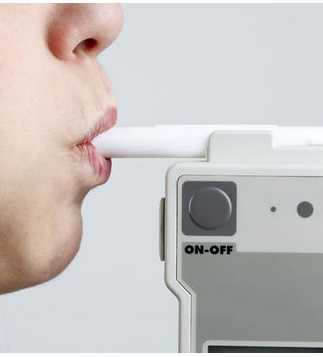New Breath Test Could Avoid Need for Invasive Testing in Children

- Reviewed by Alina Shrourou, BSc, news-medical.net 1
Research published today in international journal Scientific Reports describes an exciting new breath test that could have global implications on how to detect gastrointestinal damage.
- In the first study of its kind, Flinders University researchers will trial the new Dipeptidyl peptidase-4 (or ‘DPP4’) breath test in a pilot study to measure a digestive enzyme found in the small intestine and is associated with gastrointestinal damage and celiac disease.
Lead researcher Dr Roger Yazbek says the specific DPP4 enzyme is produced in the small intestine and breaks down dietary proteins that have been associated with celiac disease and associated gut damage.
“This breath test represents a potentially new way to non-invasively measure gut health,” says Flinders research fellow Dr Yazbek, who is looking to commence the first trials at the Women’s and Children’s Hospital in Adelaide, South Australia.
“Not only will these tests improve patient quality of life but potentially save the health care system time and money, particularly if adapted for point-of-care testing in rural and remote areas.”
Funded by the Channel 7 Children’s Research Foundation, it is one of several similar projects by Dr Yazbek and the SA Breath Analysis Research Laboratories to replace invasive endoscopic procedures with high-tech validated breath-tests to accurately test and treat various human conditions, including cancer.
In Australia, while about 400,000 endoscopic procedures are performed at a cost of almost $500,000,000, more than 14% of these procedures prove unnecessary.
The breath test could have broad translational applications, with DPP4 inhibitors also used to treat type-2 diabetes. There is emerging support for the style of ’13C isotope’ breath test for detecting changes in liver or exocrine pancreatic function, gastric emptying and even the potential to identify specific infections and an individual’s response to certain drugs.
- “Some research groups have suggested that DPP4 is involved in the breakdown of gluten, and that people with celiac disease have a reduced amount of the DPP4 enzyme along their small intestine. However, the tools to measure this in celiac disease have not been available,” Dr Yazbek says.
“This breath test will help us to answer this question, and we are about to begin a trial at the WCH to shed some insight into this question.”
















